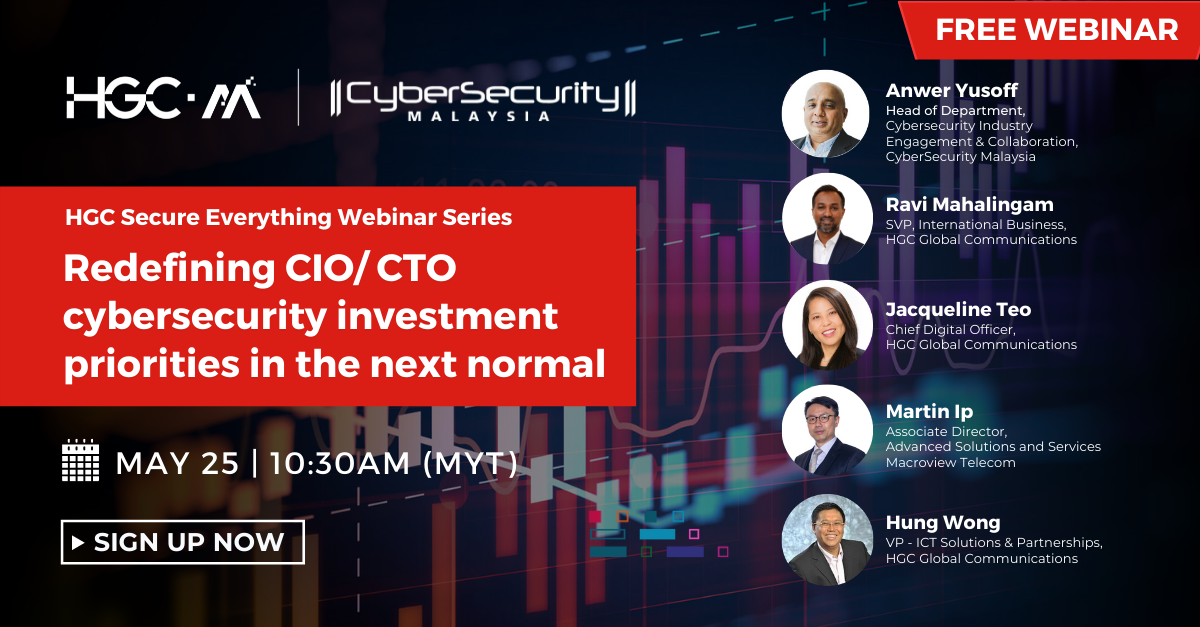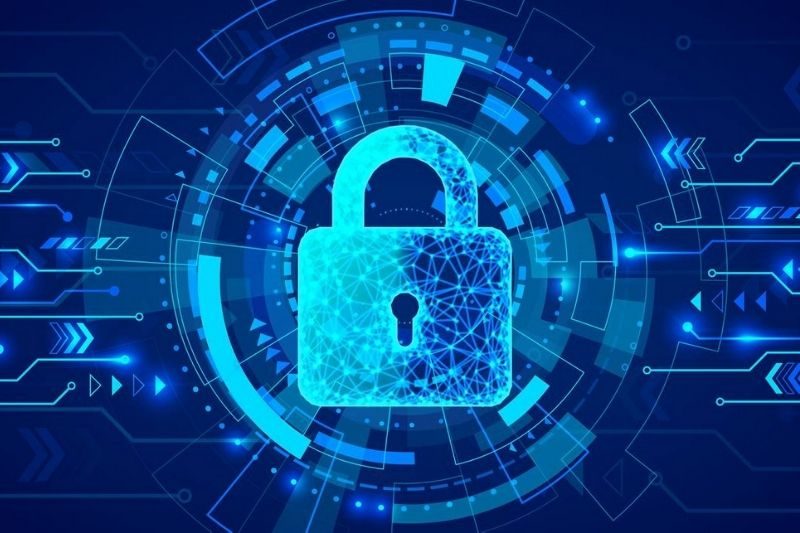Exponential growth of cyber threats during COVID-19
The growing dependence on remote work, online entertainment, and virtual socializing, has resulted in an increased threat of being exposed to the risks of cyberattacks. The most common scams encountered include phishing attacks, often inadvertently exposing a company to ransomware attacks. Every week we are confronted with media reports of yet another new threat, a new victim or even cautionary news from security vendors and the International Criminal Police Organization (Interpol). According to Interpol’s assessment of COVID-19-related cybercrime, as many as 907,000 spam messages, 737 incidents related to malware and 48,000 malicious URLs have been recorded over a 4-month period from January to April 2020.
Laying the foundation of cybersecurity strategy with digital risk management, enterprises continue to enhance their network security from the ever-present threat of hackers, corporate espionage and even script kiddies – hacking beginners - with a desire to test newfound hacking skills. Many IT vendors recognize the significance of user centric tools and policies, such as security training, phishing assessment and identity management for enterprises in order to protect against targeted phishing attacks and concerted identity theft.
The industry continues to develop new cybersecurity frameworks, with an interesting recent advancement being the accelerated adoption of Secure Access Service Edge (SASE) which combines a stack of security functions delivering security services at the edge of the network. Its main purpose is to enable organizations to apply secure access no matter where their users, applications or devices are located. However, even with all security layers deployed and fortified, human error, such as clicking on an unsuspecting link in a phishing email link, is always one of the most common causes of cybersecurity breaches. From Trojan malware to ransomware attacks, they have become a launchpad for an impersonation scam on other unsuspected targets in the company.








